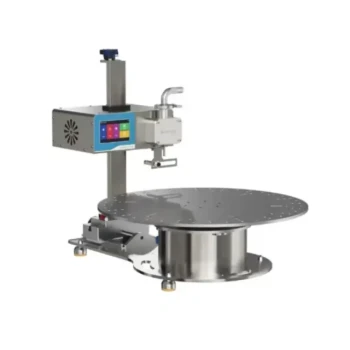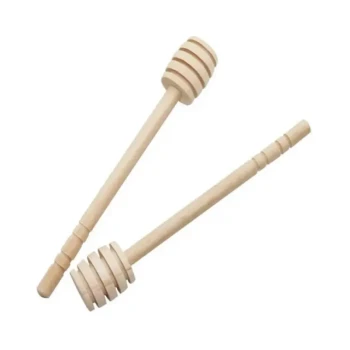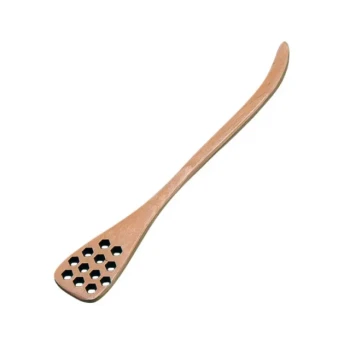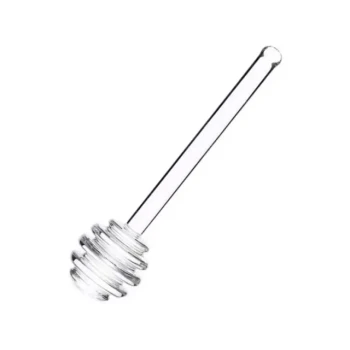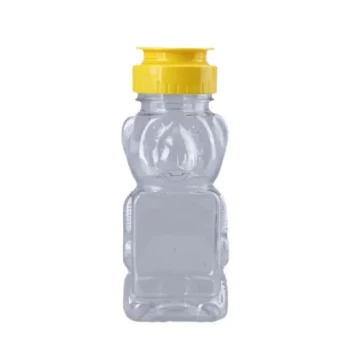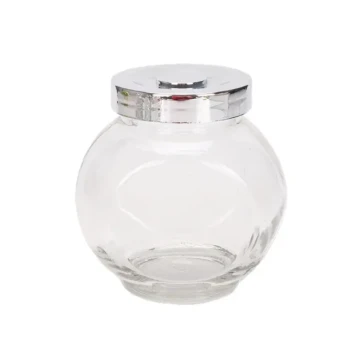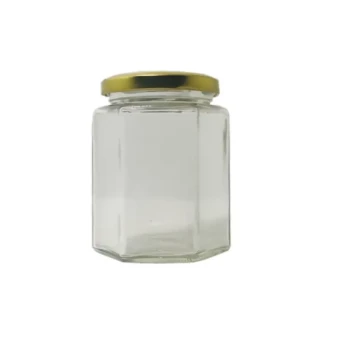The best way to heat honey is to use a gentle, indirect heat source, such as a warm water bath. This method carefully reliquefies crystallized honey without overheating it, which would destroy its beneficial enzymes and delicate flavor.
The core challenge isn't just heating the honey, but doing so gently enough to restore its liquid texture without compromising its natural quality. The key is low, slow, and indirect heat.
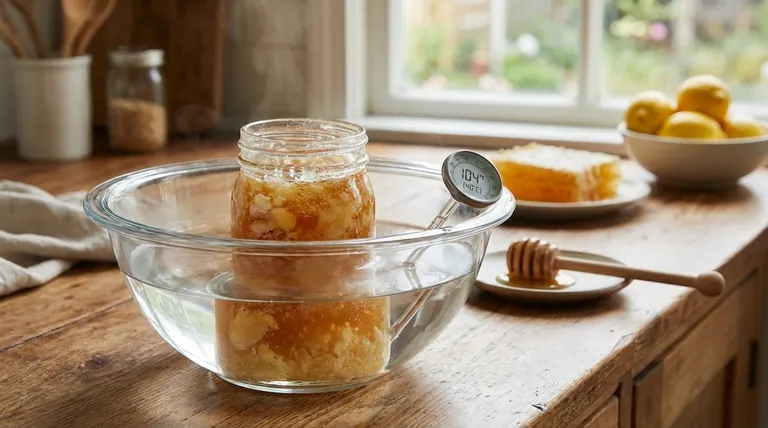
Why Honey Crystallizes (And Why It's Okay)
A Natural and Reversible Process
Crystallization is a natural process, not a sign of spoilage. It happens when the glucose in honey separates from the water, forming tiny crystals.
This process is completely normal and indicates that your honey is raw and unprocessed. The honey is still perfectly good to eat.
Factors That Speed Up Crystallization
The speed of crystallization depends on the honey's specific glucose-to-fructose ratio and its storage temperature. Cooler temperatures, typically below 50°F (10°C), will accelerate the process.
The Best Method: A Gentle Water Bath
Step 1: Prepare the Water
Heat a pot of water on the stove. Your target temperature is between 95°F and 110°F (35°C to 43°C). This is warm to the touch, but not hot. Using a thermometer is ideal for precision.
Step 2: Set Up the Bath
Place your jar of crystallized honey into a larger bowl. Once your water has reached the correct temperature, carefully pour it into the bowl, surrounding the honey jar.
Step 3: Be Patient
Let the jar sit in the warm water. The indirect heat will slowly transfer through the glass and begin to melt the crystals.
Stir the honey occasionally to help distribute the heat and break up the crystals more quickly. This process may take some time depending on the size of the jar and the extent of crystallization.
Alternative Methods for Specific Needs
Electric Heat Blankets
For beekeepers or those with very large buckets of honey, an electric heat blanket can be effective.
These blankets wrap around the container and provide a consistent, low-level heat. This is especially useful in colder climates where honey thickens significantly.
Crucial Pitfalls to Avoid
The Danger of Direct Heat
Never heat honey directly in a pot on the stove or in the microwave. Direct, high heat is the fastest way to ruin it.
This aggressive heating destroys the beneficial enzymes and vitamins that make raw honey so valuable.
Impact on Flavor and Aroma
Overheating also causes a significant deterioration in taste and aroma. The delicate floral notes are boiled away, often leaving a generic, overly sweet, or even slightly burnt flavor.
Your goal is to melt the crystals, not to cook the honey.
Making the Right Choice for Your Goal
- If your primary focus is preserving quality: Use the gentle water bath method, keeping the temperature below 110°F.
- If your primary focus is convenience for a single jar: The water bath is still the simplest and safest option.
- If your primary focus is managing large quantities: An electric heat blanket provides consistent, low-level warmth for large containers.
Ultimately, understanding that crystallization is natural is the first step to properly caring for your honey.
Summary Table:
| Method | Best For | Key Temperature |
|---|---|---|
| Gentle Water Bath | Preserving quality, small to medium jars | 95°F - 110°F (35°C - 43°C) |
| Electric Heat Blanket | Large quantities, commercial beekeeping | Consistent, low-level heat |
For commercial apiaries and distributors, proper honey handling is key to product quality. HONESTBEE supplies durable, wholesale-focused beekeeping equipment, including electric heat blankets ideal for gently warming large honey batches. Ensure your honey retains its value and quality—contact our experts today to find the right equipment for your operation!
Visual Guide
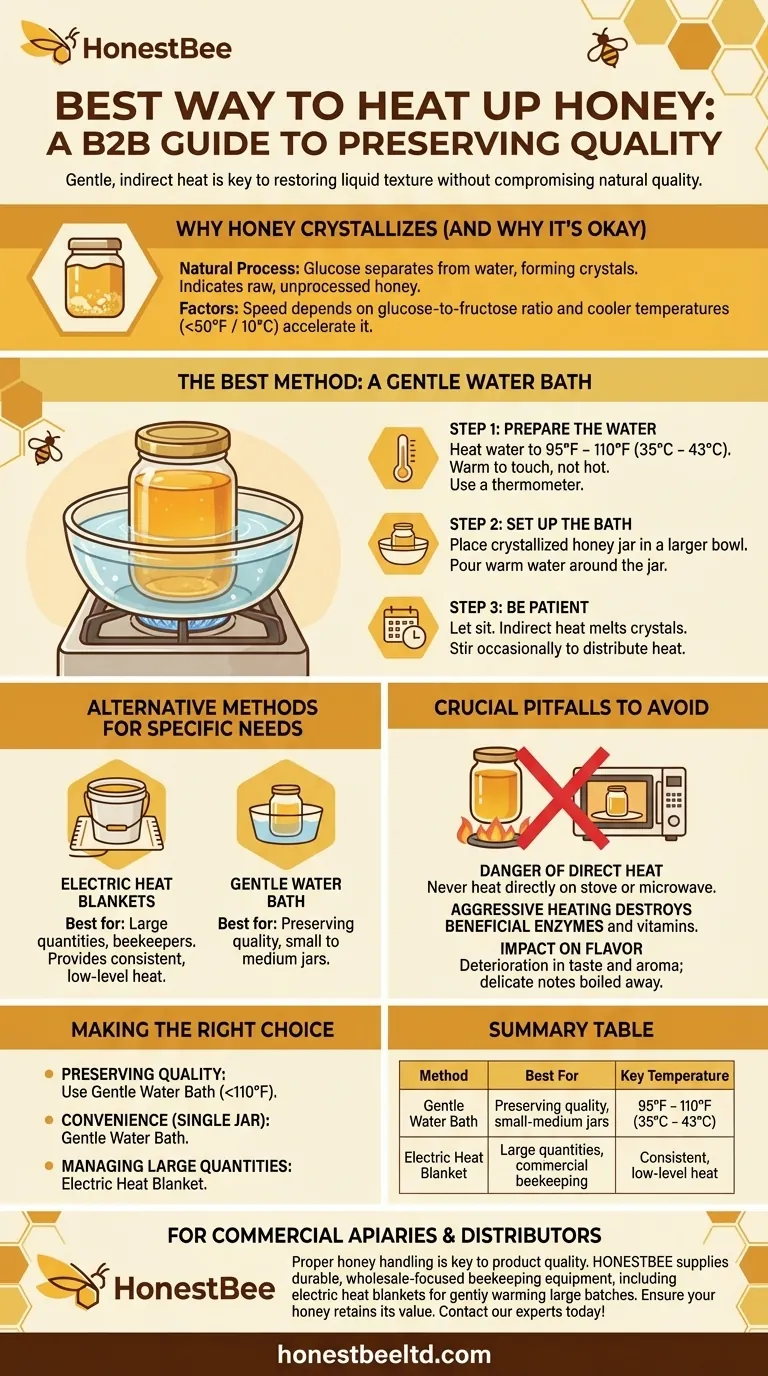
Related Products
- Economy Honey Homogenizer Mixer and Melting Machine for Beekeeping
- 10L Stainless Steel Electric Honey Press Machine
- Electric Honey Press Machine for Squeezing Honey Comb Press Equipment
- Electric Double Wall Honey Filtering Machine Purifier Equipment for Honey Processing Plant
- Stainless Steel Honey Press Wax Press with Tank
People Also Ask
- What role does temperature play in the viscosity of honey during filling? Achieve Optimal Flow and Quality
- How should production capacity and efficiency be evaluated in a honey processing plant? Optimize Your Honey Supply Chain
- What are the unique characteristics of honey presses? Maximize Honey Yield for Small-Scale Beekeeping
- What is the conventional thermal processing method for honey? A Guide to Commercial Honey Production
- What is the design of the propeller in the honey mixer? A Guide to Gentle, Hygienic Mixing






